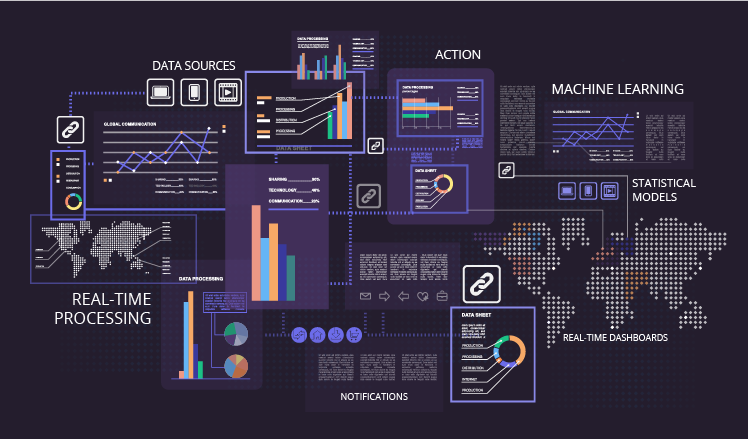The telecom regulator issued a consultation paper on Friday, seeking feedback on how to capitalize on opportunities in artificial intelligence (AI) and big data for the sector.
As the market for AI and big data expands, so does its application across industries. The telecom sector, for example, can use AI and big data to improve the quality of service, spectrum management, and network security, according to the regulator in a paper titled “Leveraging AI and Big Data in the Telecommunications Sector.”
The technologies can also be used to block unwanted communications and provide information about in-building coverage.
The paper, consisting of 40 questions, discusses the opportunities and risks associated with leveraging AI and big data. It addresses the issue of customer privacy as well as the limitations of these technologies adoption.
The paper also discusses various other areas where the telecom sector can help other industries leverage AI and big data. Trai has requested that stakeholders submit comments by September 16, and counter-comments by September 30.
The AI market is already large and rapidly expanding. The International Data Corporation (IDC) predicted in February 2021 that the AI market would surpass $500 billion by 2024. Furthermore, investment in AI and Machine Learning (ML) companies has skyrocketed.
In 2021, Indian AI and analytics start-ups received $1,108 million in funding, the most in seven years, with a year-over-year growth rate of 32.5%.
While the benefits of AI are significant, it can also have serious consequences like privacy violations, discrimination, and biased results. Apparent AI risks are captivating the regulators’ attention to inspect and consider sufficient measures to alleviate the same without losing the possible benefits, Trai said in the paper.
With the growing adoption of smartphones and the growth of mobile internet, telecom service providers now have access to massive amounts of data sources such as customer profiles, device data, call records, network data, customer usage patterns, and location data, which when combined can form big data.
Using these technologies, telecom operators would be able to improve network quality through smarter detection and prediction of abnormalities, assisted capacity planning, and self-optimization in response to changing conditions.
The paper discusses the opportunities and risks of AI and big data adoption, including unethical use, bias in data and algorithms, privacy, instability of models, and regulatory and legal disagreement. Risk-mitigation strategies and mechanisms have also been discussed. It also suggests risk management as a design principle, Trai said.




